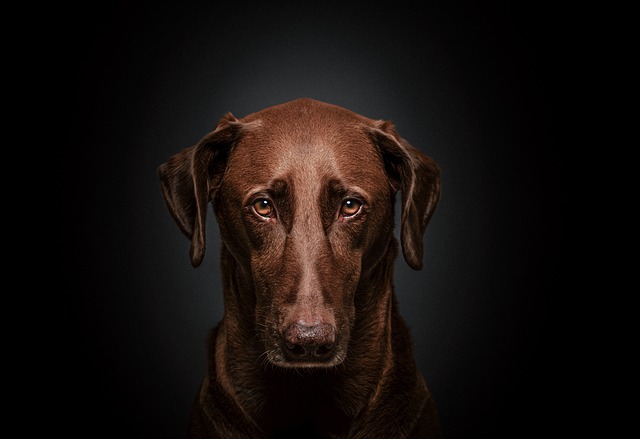
How to guide your dog to urinate and defecate outside?
Puppy pads scattered across the kitchen, a surprise pile behind the couch, the frantic scramble to clean before guests arrive—house-training struggles feel universal.
If you’ve ever found yourself yelling “No!” at your pup for chewing your favorite slipper, only to have them do it again 10 minutes later, you’re not alone. Many new dog owners confuse “training” with “correcting bad behavior,” but the scientific approach is simpler: it’s about teaching your dog what you want them to do instead of scolding them for what you don’t. At its core, scientific dog training is based on behavior science—specifically, how animals learn through consequences. Think of it as a conversation: your dog acts, you respond, and over time, they learn which actions get good results.
The key principle here is “operant conditioning,” a fancy term for “actions that get rewards are repeated.” Animal behaviorists like B.F. Skinner showed this decades ago: when a behavior (like sitting) is followed by something pleasant (a treat, a belly rub), dogs are more likely to do it again. For example, teaching your pup to “sit” starts with waiting for them to naturally lower their rear—maybe while they’re begging for food. The second their bottom hits the floor, say “Good sit!” and hand over a tiny treat. Do this 10 times a day, and soon they’ll associate the word “sit” with that tasty reward. It’s not magic; it’s how their brains work. On the flip side, bad behavior (like jumping) fades when it gets no payoff. If your dog jumps on guests, turn away and cross your arms—no eye contact, no talking. Once they four paws hit the ground, greet them calmly. They’ll learn jumping gets ignored, while calmness gets attention.
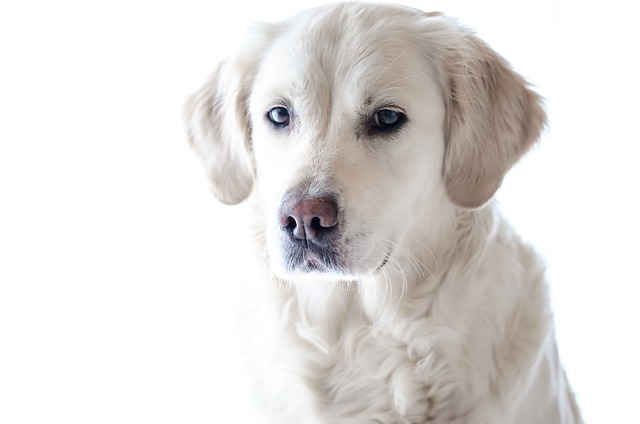
Consistency is the secret sauce. Dogs don’t understand “sometimes”—if you reward sitting on Tuesday but ignore it on Wednesday, they’ll get confused. My neighbor in Portland learned this the hard way with her rescue terrier, Max. She’d give him treats for sitting… except when she was in a hurry, and then she’d just pick him up. It took three weeks of daily 5-minute sessions (same time, same treat, same excited tone) before he sat on command every time. For apartment dwellers, this consistency matters even more—training your pup to “quiet” when they bark at the mailman (rewarding silence with a treat) keeps your neighbors happy. And never, ever use physical punishment. Studies show hitting, yelling, or using shock collars doesn’t just hurt—they make dogs anxious or aggressive. In states like Maine, using excessive force on pets is illegal, but more importantly, it breaks the trust you’re trying to build.
Scientific training also means working with your dog’s natural instincts, not against them. Herding breeds like border collies thrive on mental challenges, so adding “find it” games (hiding treats around the room) keeps their brains busy. Retrievers love fetch, so use that to practice “drop it” (rewarding them for letting go of the ball). When you take your trained pup out in public, remember the basics: keep them leashed in most public spaces (it’s the law in many cities), carry poop bags (fines for forgetting can hit $300 in places like San Francisco), and make sure their rabies vaccine is up to date—required in all 50 states. At the dog park, ask other owners “Is your dog friendly?” before letting them interact—science says positive social experiences help reinforce good behavior, too.
At the end of the day, scientific dog training isn’t about perfection. It’s about patience, consistency, and understanding that your pup is always learning—even when you’re not “training.” And when they finally nail that “stay” command? That tail wag? That’s the science working.

Puppy pads scattered across the kitchen, a surprise pile behind the couch, the frantic scramble to clean before guests arrive—house-training struggles feel universal.

It’s a familiar morning scene for many new dog owners: you walk into the kitchen to find your pup’s nose buried in the trash can, cereal boxes torn open and banana peels scattered across the floor.
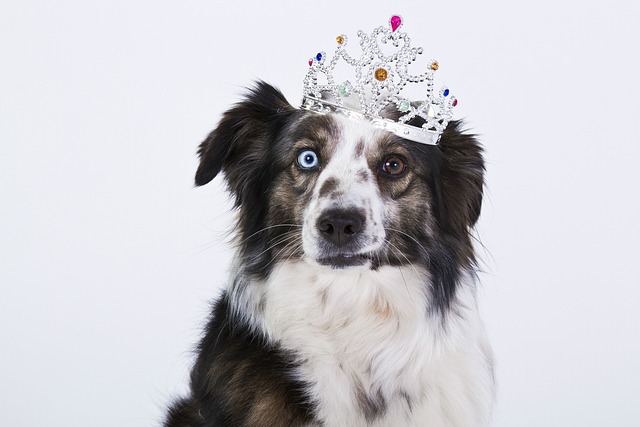
Watching a tiny Yorkie or Chihuahua dart toward the door instead of squatting on the rug feels like a win—but getting there takes time, and every pup moves at their own pace.
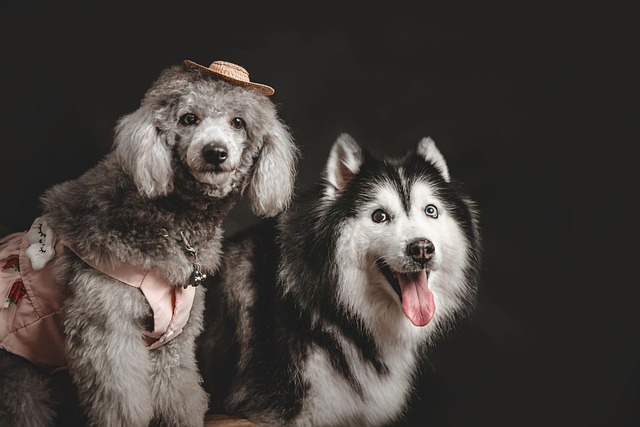
Puppies have tiny bladders, and when you live in an apartment with no yard or during harsh winters that make outdoor trips tricky, indoor potty training becomes a necessity.
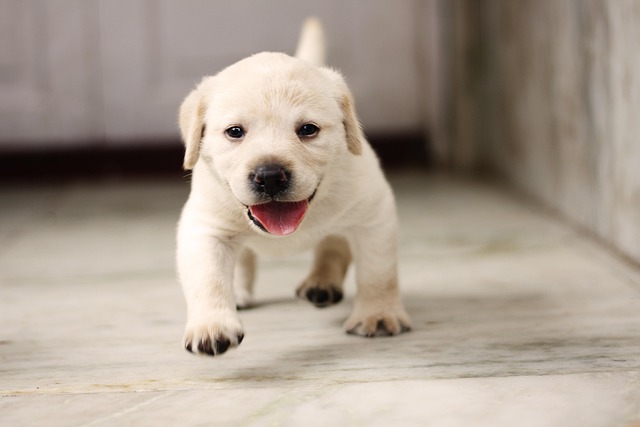
Many new dog parents see agility videos—dogs zipping through tunnels, leaping over hurdles—and think, “We could never do that at home.”
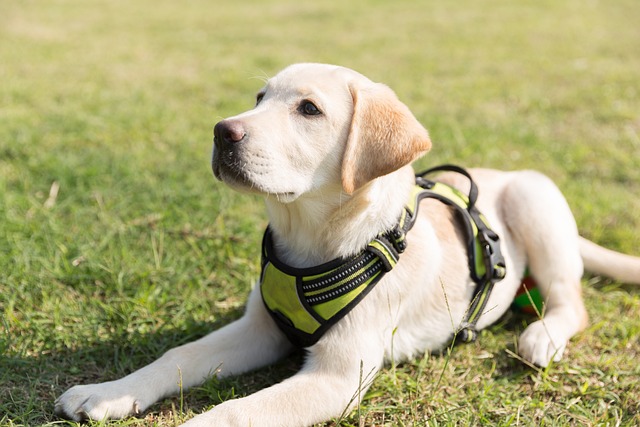
Ever called your dog in the park, only for Fido to pretend he’s suddenly deaf? Or struggled to get him off the sofa when guests arrive? You’re not alone.